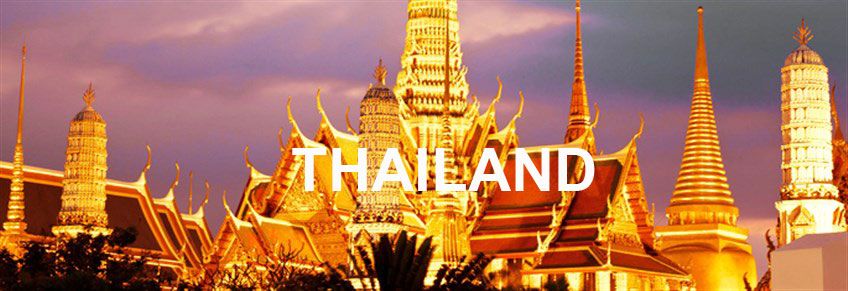Vietnam is located in both a tropical and a temperate zone. It is characterized by strong monsoon influences, but has a considerable amount of sun, a high rate of rainfall, and high humidity. Regions located near the tropics and in the mountainous regions are endowed with a temperate climate.
The monsoon climate also influences to the changes of the tropical humidity. In general, in Vietnam there are two seasons, the cold season occurs from November to April and the hot season from May to October. The difference in temperature between the two seasons in southern is almost unnoticeable, averaging 3ºC. The most noticeable variations are found in the northern where differences of 12ºC have been observed. There are essentially four distinct seasons, which are most evident in the northern provinces(from Hai Van Pass toward to the north): Spring, Summer, Autumn, and Winter.
Vietnam Climate
Every year there are 100 rainy days and the average rainfall is 1,500 to 2,000mm. The humidity ranges around 80%. The sunny hours are 1,500 to 2,000 and the average solar radiation of 100kcal/cm2 in a year.
Because Vietnam is affected by the monsoon, that why the average temperature is lower than the other countries which are located in the same longitude in Asia. The annual average temperatures range from 22oC to 27oC. In comparing with these countries, the temperature in winter is colder and in summer is less hotter in Vietnam.
Under influence of monsoon, and further because of the complicated topography, the climate in Vietnam always changes in one year, between the years, or between the areas (from North to South and from low to high). The climate in Vietnam is also under disadvantage of weather, such as typhoons (advantage there are 6-10 storms and tropical low atmosphere in year, floods and droughts are threaten the life and the agriculture of Vietnam).
Northern weather
Northern Vietnam (from Hue up North) has four seasons with a cold winter and hot summer. The temperature ranges from 5-6C in winter to up to 35C in summer. The further North it is, the colder it gets. In mountainous regions in the far North (such as Sapa) the temperature some times drops below zero. Rainy months are August, October, November. February and March have persistent, light, drizzling rain.
Central Vietnam
Temperatures are high all year round. The temperature tends to be warmer and more humid than the South in the middle of the year and cooler during the dry season from November to April. Flooding may occur from October to December.
Southern Vietnam
Has a distinct dry season (from November to April) and wet season (from May to October). Average temperature ranges from 25-30C. During wet months, heavy and short downpours may occur in mid-afternoons.
The Best time to travel:
For the best balance, try the months of April, May or October;
For those sticking to the south, November to February is dry and a touch cooler;
From July to November, violent and unpredictable typhoons hit central and northern Vietnam.
It gets pretty crowded from November to March and in June and August. Prices tend to peak over the Christmas and New Year period, but if you don’t fancy sharing the sites with the masses, try to avoid these busy times.
Some travelers like to time a visit with Tet (Vietnamese New Year), which is the biggest festival in the calendar in late January or early February. A nice idea but not ideal, as the whole country is on the move.
















